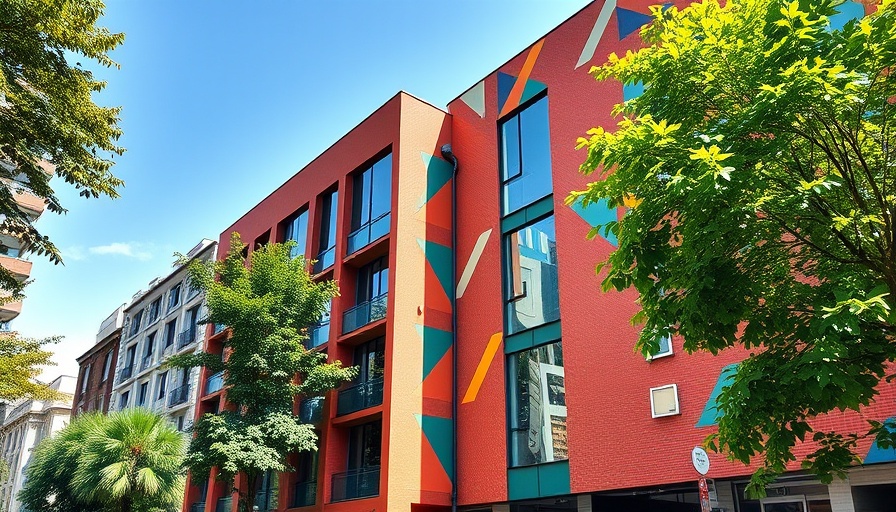
A Hidden Retreat in Carmel: Silicon Valley's Unlikely Sanctuary
At a distance from the hustle and bustle of high-stakes technology and billion-dollar startups lies a 23-acre haven termed Hacienda Aguajito, rich with relics, taxidermy, and an eclectic assemblage of artifacts—the stark opposite of the sleek, minimalist aesthetic typically associated with Silicon Valley retreats. Owned by Peterson Conway VII, this compound has transformed into a notable escape for tech elites and creative thinkers from Palantir and beyond.
A Merging of History and Innovation
Conway’s unique retreat is not only a place for relaxation but also a reflection of a bygone era. His diverse collection, which includes pieces salvaged from conflict zones and even parts of 17th-century temple ruins, stands as a testament to both adventure and exploration. The dichotomy of tech moguls enjoying such artifacts encapsulates a broader philosophical yearning in Silicon Valley for connections to history, spirituality, and experiential learning.
The Rise of Hacienda Aguajito: A Family Legacy
Purchased for a mere $750,000 in 1995, the property became a canvas for Conway VII's passion—a living museum designed through years of collecting and curating artifacts. His journey encompasses not only an antiques dealer’s eye for aesthetics but a unique history of traveling through war-torn regions, creating a narrative that stands apart from conventional vacation spots frequented by tech executives.
Tech Moguls Flocking to Unconventional Gatherings
The appeal of Enclave Aguajito extends to many figures in tech, from Palantir's CTO, Shyam Sankar, who staged his wedding here, to celebrities like Clint Eastwood. This flourishing environment allows for a distinctive bonding experience. It’s not uncommon for attendees to gather around a table not simply to network but to engage in profound discussions spanning the realms of drone warfare and existential philosophies. Here, billionaires exchange ideas amidst the stark contrast of ancient artifacts—something that invites introspection.
The Allure of Primal Connections
The appeal of Hacienda Aguajito extends beyond its physical collection of artifacts; it resonates with tech executives’ increasing longing for simplicity and primal connection. Peterson Conway VIII echoes this sentiment, highlighting the therapeutic practices embraced here: “We get in a sauna, we get naked, do cold plunges, all of that. The objective is spiritual alignment.” This thoughtful blend of ancient practice with contemporary tech culture speaks to a universal longing for balance in an increasingly complex world.
Diverse Perspectives in the Tech Community
Contrary to the prevailing narratives of Silicon Valley's grandiose lifestyle, Hacienda Aguajito offers a space that fosters reflection and existential dialogue. It invites its visitors to evaluate their life achievements and consider their place in an ever-evolving technological landscape. By engaging with historical and cultural relics, tech leaders can confront modern challenges with a nuanced perspective that is seldom found within boardrooms.
Conclusion: Embrace the Journey
The eclectic essence of Hacienda Aguajito speaks volumes about the potential for human connection and introspection amid the frenzy of technological advancement. As culture and technology converge, finding spaces that encourage thoughtful reflection—and sometimes simply, relaxation—becomes paramount. This hidden retreat not only hosts billionaires but cultivates intimate conversations about our shared human experience and the road ahead. Whether you're a parent in the Bay Area who seeks inspiration from the unique stories crafted in such environments, or someone wandering the aisles of curiosity worldwide, remember: the journey is often more enlightening than the destination.
 Add Row
Add Row  Add
Add 




Write A Comment